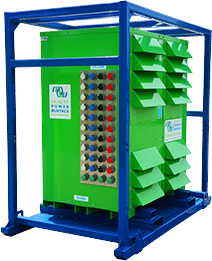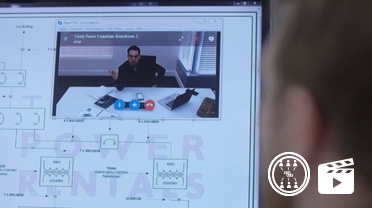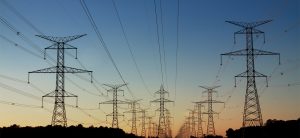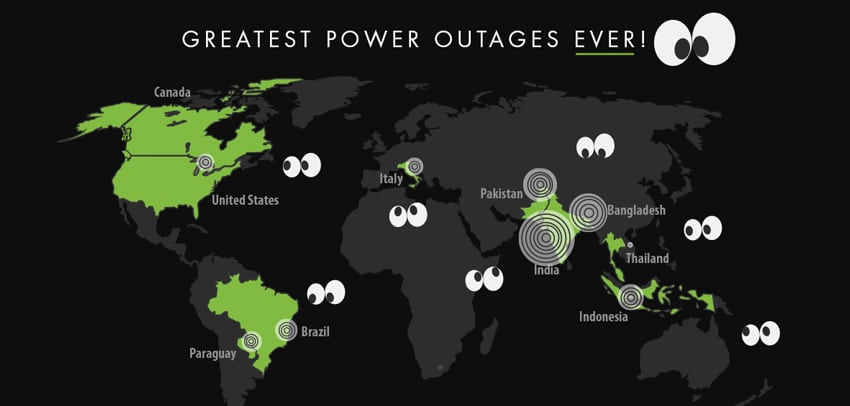- OUR APPROACH
-
COMMITTED TO YOUR SUCCESS
Our approach, developed over decades of experience, is fine-tuned to get the results you want.
We deliver concept-to-completion solutions, designed by temporary power specialists with access to the largest inventory of high-quality power generation and distribution equipment in North America.
-
- Equipment
-
RENTALS
From a wide range of diesel and natural gas generators to transformers, cable, light towers and more, our large rental fleet and extensive vendor network ensure we’ll have the temporary power equipment that your project requires — every time.

-
- Industries
-
INDUSTRIES WE SERVE
For nearly 20 years, we have been at work powering projects across Canada’s industrial sectors.
Select from this sampling of industries to learn how we can put our expertise to work for you.
VIEW ALL- Projects
- About
-
A PROUD HISTORY. A BRIGHT FUTURE.
From our inception in 1998, we have been building our team on a foundation of excellence. Our team members’ passion, expertise and commitment are what have allowed us to grow into a national company with projects across Canada.
Click on the links to learn more about our history, our team or our career opportunities.
- Blog
- Contact
-
The recent sudden September snowfall in Calgary that left thousands of consumers in the dark due to power outages across the city can only serve as a reminder that unpredictable weather phenomena should not catch us off-guard when it comes to emergency power preparedness. In fact, up to 32% of power outage incidents across Canada are caused by extreme and rapid weather changes that are difficult to forecast and usually leave no time for crafting an emergency plan from scratch. The majority of managers of industrial plants and facilities affected in terms of productivity and financial losses due to power interruptions believe that unplanned industrial downtime could have been avoided if the right backup solutions and procedures had been established in advance.
A power outage, whether sustained or only momentary (less than 10 seconds), can lead to considerable financial losses and cost days of plant productivity, however an exact amount is difficult to come by. Keep in mind that costs may be either tangible, such as idle labour costs, revenue losses that cannot be subsequently made up, maintenance or replacement of failing or damaged equipment, spoilt product, and even health and safety liability, or intangible, such as a damaged reputation and loss of potential business opportunities. Depending on the business size, power outage may be responsible for millions of dollars in annual financial loss. Roughly, a large industrial consumer may expect to incur over 17,000 CAD of loss in a 30-minute power interruption, and an even more staggering 111,000 CAD for a longer outage of about 8 hours [1]. At any rate, it is estimated that the Canadian economy suffers an annual damage of over 167 billion CAD due to electrical power outages and estimates show an average financial loss of close to 769,700 CAD per incident [2].
In addition, power outages are not as rare as is commonly assumed. In a recent national report, 137 incidents of power disruptions have been reported in Canada in 2013 (compared to 106 in 2012) [2], but you should keep in mind that many power outage incidents go undetected, so the number may be significantly higher. The average duration of power interruptions is reported at almost 5 hours [2], which, for industrial plants and facilities, may translate to thousands of dollars in loss, unless a well thought-out emergency recovery plan is prepared to mitigate it.
Since the events that may cause a power outage are so irregular and difficult to predict, it might be tempting to postpone or even avoid investment in backup power solutions that may be critical in the recovery process. The metric, referred to as “willingness to pay to avoid loss of service,” is largely determined by what financial value a large industrial plant has assigned to a second or minute of power outage. This value, multiplied by historical averages of power outage hours per year may give a good idea of expected annual losses and serve as a guideline in allocating resources for dealing with unplanned power interruptions.
In any case, planning ahead for emergency power generation and formulating swift recovery practices can only benefit the safety, financial stability and productivity of an industrial plant or facility. It is never too late to establish contact with professional services that focus on providing cost-effective, time-sensitive power solutions for unplanned emergency situations.
Sources:
[1] “Risk Management Options.” Power Blackout Risks (n.d.): n. pag. CRO Forum. Web.
[2] Report, Power Outage Annual. “Canada Annual Report 2013.” Blackout Tracker (n.d.): n. pag.
Related Articles
Subscribe for access to exclusive content
















